What’s the buzz? The Nordics have plenty of decent mid-range hotels, but relatively few knockout five-star establishments. Former triple Olympic gold medallist Samppa Lajunen wants to change that in Helsinki with his Hotel Maria, an attempt to plug what he sees as a gap in the high-end luxury market in the Finnish capital. A one-time specialist in Nordic combined (a discipline that involves cross-country skiing and ski jumping) and now a fund manager and developer, Lajunen claims that top-level sports and hotels both rest on the idea of “high goals, all details in place, and no compromises”. The full-scale invasion of Ukraine may have put paid to plans to attract high-rollers from Russia, but the hotel has been gradually opening up and expanding into four separate buildings throughout this year.
Location, location, location: It may be located in the heart of Helsinki, only a few hundred metres from the sea, main railway station and Senate Square, but the hotel sits on a surprisingly quiet side street, Mariankatu, in the Kruununhaka neighbourhood. The main building is one the Finnish army used from 1885 to house military officers and even snipers, and some of the suites have the narrow windows they once looked out of. Most sights in the Finnish capital are in easy walking distance.
Checking in: The yellow colonnaded facade is suitably imposing, but as soon as you pass the doorman into the interior there are Nordic cool vibes. The reception is well lit, with three cascading art deco chandeliers, conveying a sense of ice and snow that is especially suitable in a city where a frigid wind often blows off the sea. The welcome is warmer than the decor, but is equally Finnish in its efficiency. A few questions, a swipe of the credit card, even some low-key Finnish humour, and check-in was complete. A porter was soon whisking my bag off to my room.



The colours throughout the hotel are light and subtle, plenty of ivory and beige thanks to head designer Jana Sasko. Finns may normally be humble folk, but Lajunen’s three gold medals take pride of place in a display cabinet. Brass and gold effects abound — such as the inlays in the entrance’s marble floor and the curvy front desk. It’s clearly aiming to project a sense of luxury, but the relaxed type.
There are 117 bedrooms, of which no fewer than 38 are suites, and beige, light grey, and marble again predominate. A surprisingly intuitive iPad is used to control the lights, sound system and even the curtains but there are also manual switches.
What to do? If there is one thing Finland does better than anywhere else, it is sauna. The hotel spa offers both sauna and steam room, and a choice of how to cool off again — a compact plunge pool or an old-fashioned bucket with a chain pull. It took me some courage but soon provided an invigorating start to the day.
There is also a small pool for swimming, two warmer pools, and a Jacuzzi. I relaxed so much there was no time to use the fitness gym or wellness studio, let alone the ballroom.



What about the food? Lilja, the Maria’s main restaurant, is its pitch at a Nordic ingredients meets French-style fine dining concept that is so popular in the region. My meal suggested it is coming close to the Michelin star standard the team so obviously covet, the food delicate, delicious, and occasionally unusual. The latter is particularly true of my starter of persimmon, well balanced with a fresh ricotta, some crunch from almonds, and a subtle aniseed taste. It was followed by a decadent chicken confit and truffled potatoes.
Breakfast in a light and open dining room includes delights such as Nordic kimchi, cold smoked reindeer from Lapland and Finnish cheese, but also an à la carte menu with the omnipresent avocado toast and eggs royale.
Other guests? The war in Ukraine hasn’t just robbed the Maria of Russians but also of plenty of Asians that Finnair, the country’s flag carrier, had hoped to attract with shorter flight times to Europe by flying over Russia (Moscow has rescinded that right). So the hotel is more focused on European and American guests; business people and wealthy tourists mostly.
The damage: Double rooms including breakfast start from €350; suites run from €529 to as much as €6,000 per night.
Richard Milne is the FT’s Nordic and Baltic bureau chief. He was a guest of the Hotel Maria (hotelmaria.fi)
Find out about our latest stories first — follow FTWeekend on Instagram and X, and subscribe to our podcast Life and Art wherever you listen

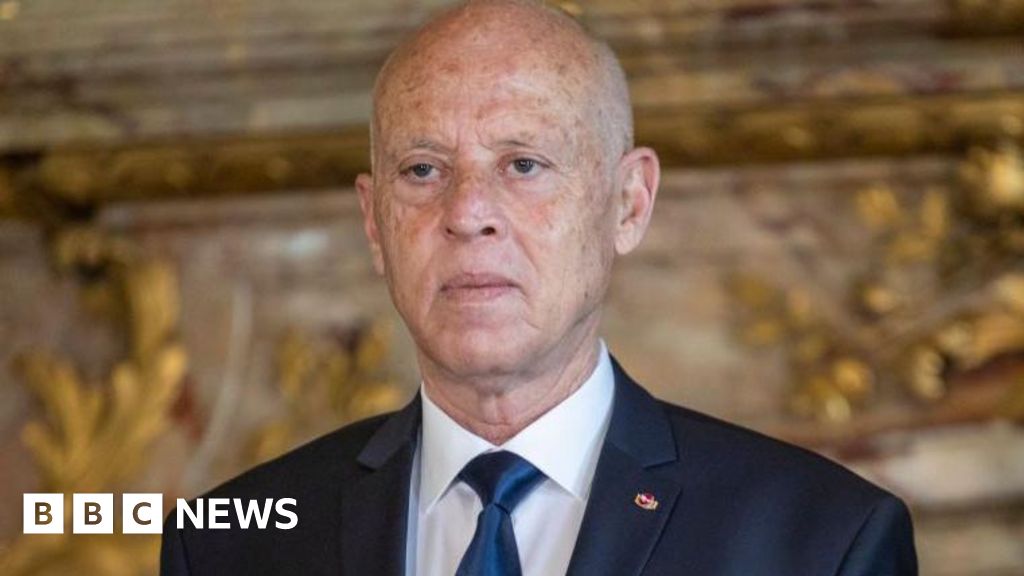

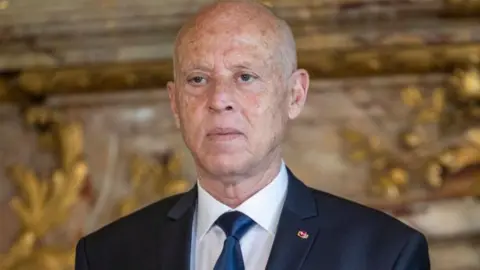
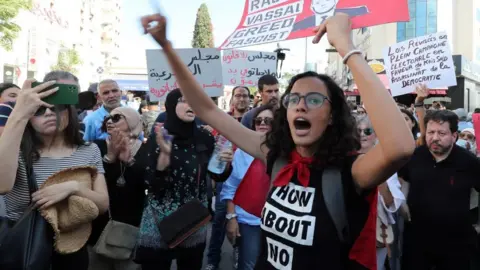
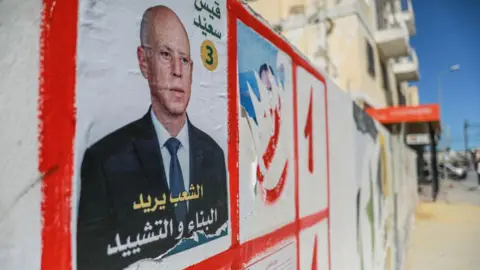

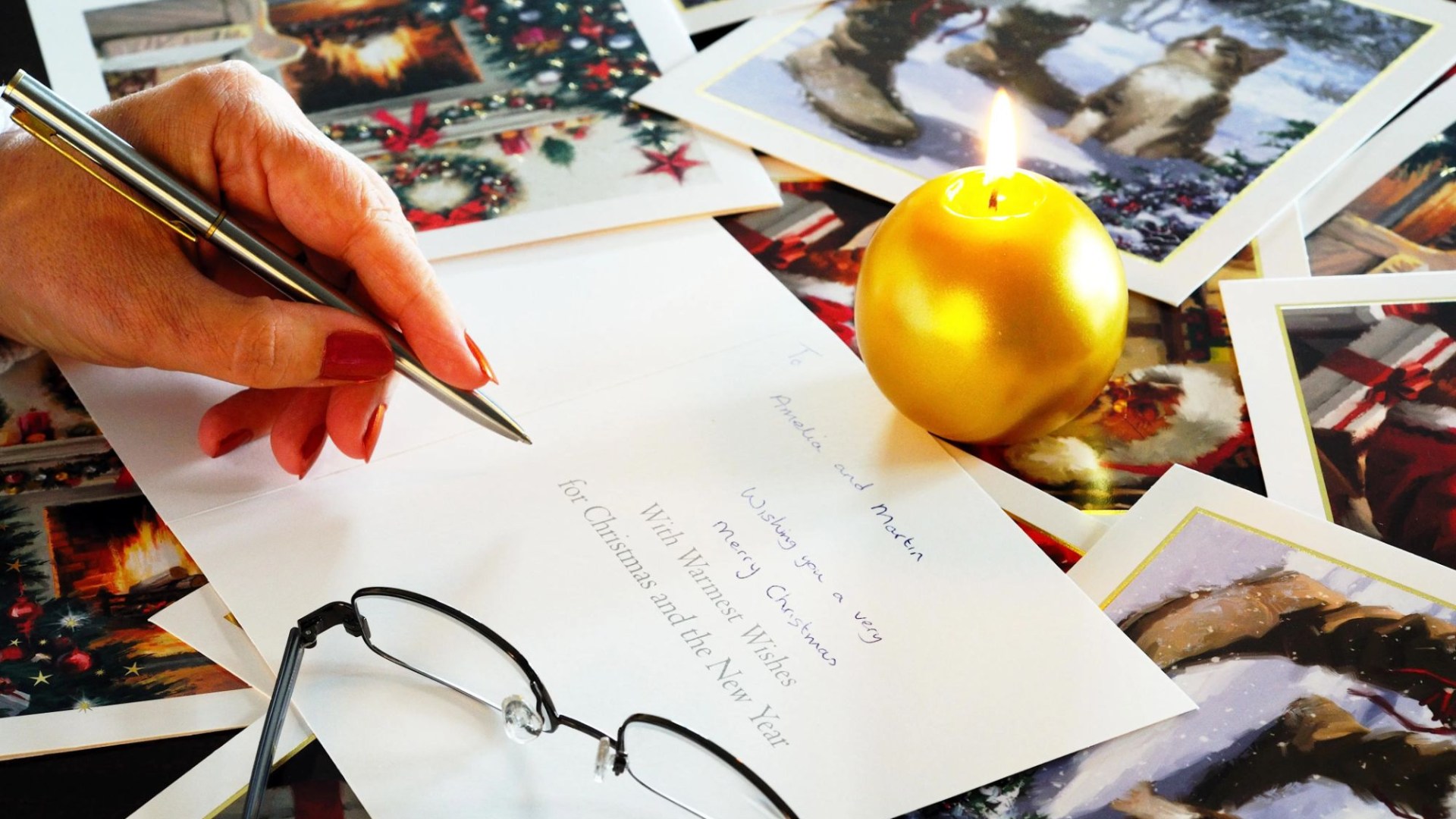


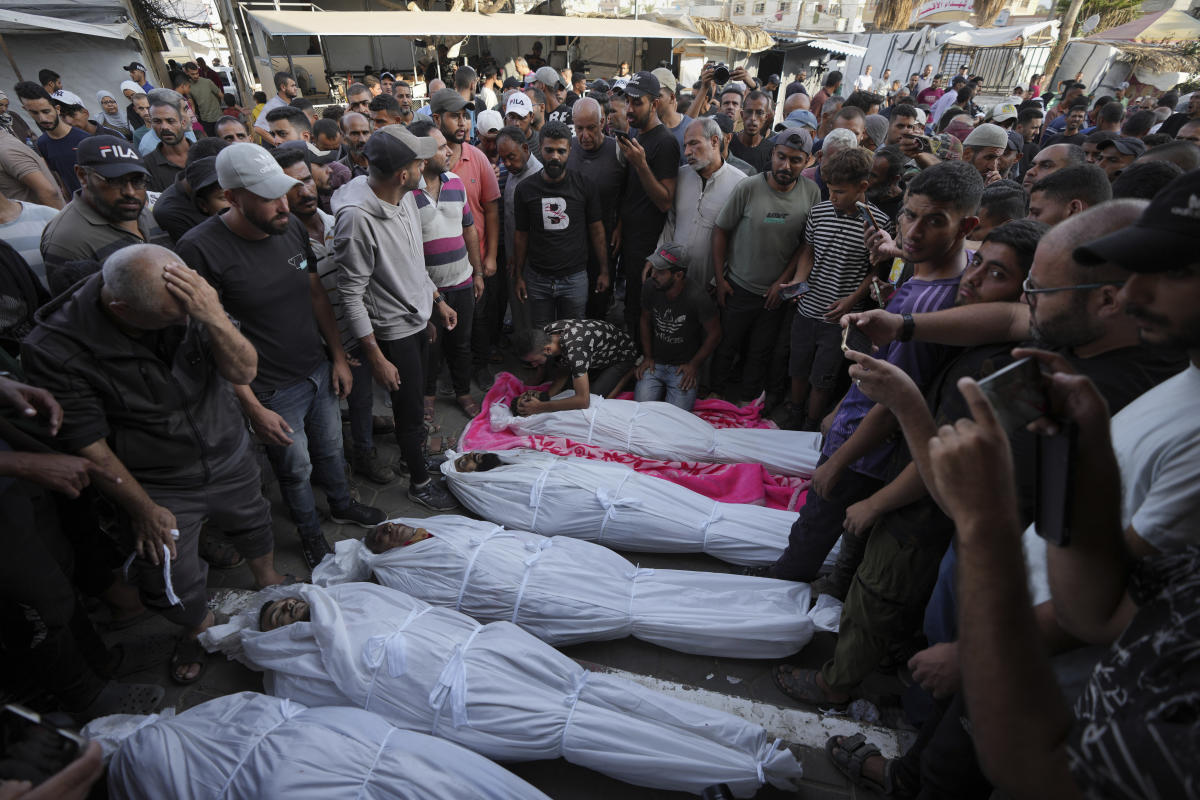




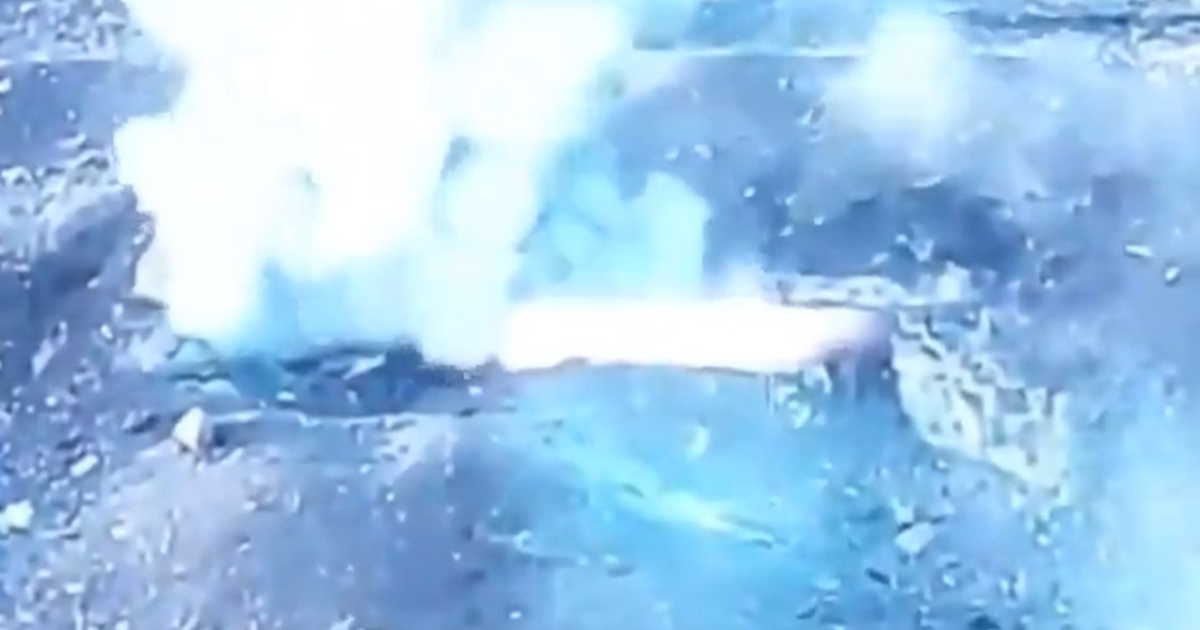




































































































































You must be logged in to post a comment Login